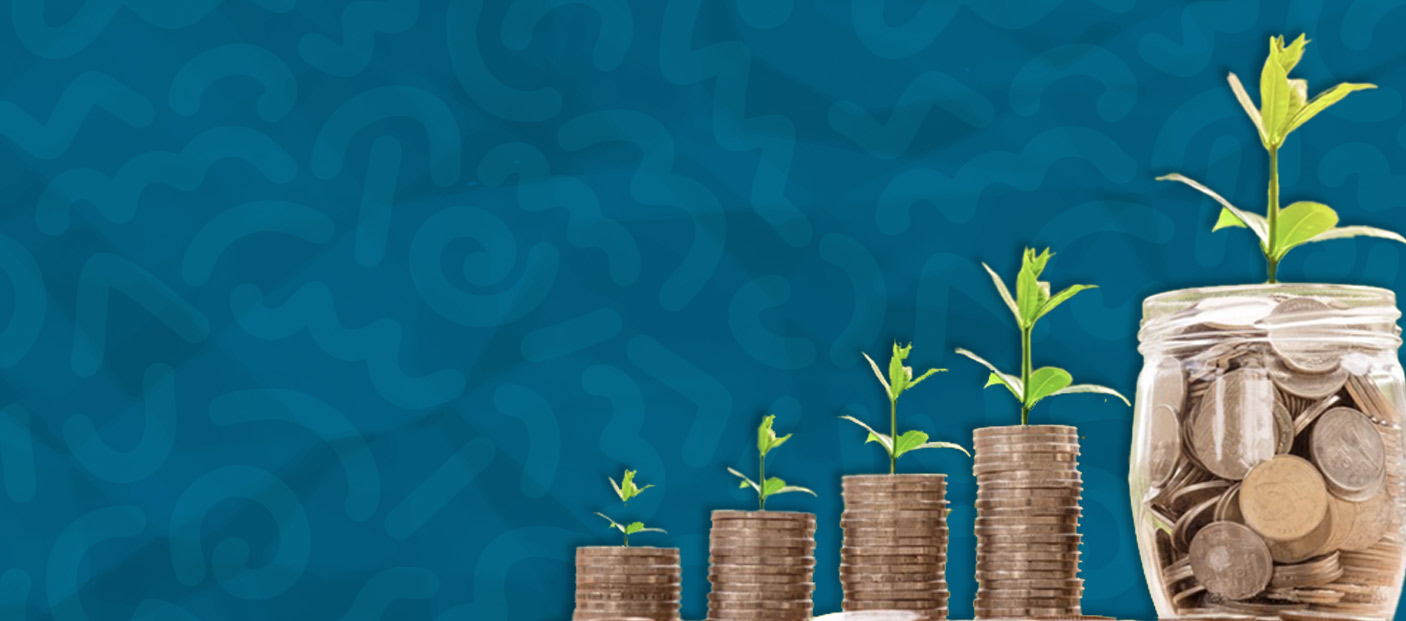Understanding Financial Abuse
Financial abuse, a hidden form of domestic violence, can have devastating and long-lasting impacts, yet it often goes unnoticed compared to physical and sexual abuse.
“Economic abuse and financial abuse are something that a lot of times is overlooked, but it can have a lot of negative impacts,” said Michala Mayer, Director of Policy at the Canadian Center for Women’s Empowerment (CCFWE).
WHAT IS FINANCIAL ABUSE?
Financial abuse and economic abuse are often interchangeable, however, financial abuse in marriage refers to an abuser restricting and controlling their partner’s present actions and future independence by the use or misuse of money and is a common tactic used by abusers to gain control in a relationship.
Financial abuse in marriage may often be perceived as a subtle form of control; however, it can range from preventing a woman from having enough money for necessities like food and clothing to withholding child support payments or even destroying property.
The reality is financial abuse is much more common than we think. In 2018, a survey conducted by Statistics Canada found that 50% of victims of abuse who are living in shelters have experienced some form of financial abuse.
WHAT IS ECONOMIC ABUSE?
When compared to “financial abuse,” the word “economic abuse” has a broader meaning because it relates to being denied access to the opportunity to improve one’s financial situation whether that’s through employment, education or training.
FORMS OF ECONOMIC ABUSE:
Employment Sabotage
Making it difficult for a partner to find or keep employment
Forbidding a partner from working or restricting their work hours
Harassing a partner at their place of employment or actively interfering with their work
Economic Control
Keeping financial information private
Limiting the use of assets and money
Placing harsh limits on what the victim may purchase
Economic Exploitation
Incurring extensive debts in joint accounts or credit debts in a partner’s name
Stealing property, money or other resources from a partner
“One of the things to mention is, it is one type of abuse that doesn’t stop after separation.”
The direct impact of economic abuse can leave the victim unaware of debts in their name, whether individually or jointly held, allowing the debts to continuously increase over time.
“For example, an abusive partner has opened a credit card in the victim’s name and accumulated debt on it, which continues even if she’s already separated from him,” Mayer said.
Being in debt can have long-term consequences, including a significantly lowered credit score, which poses challenges for survivors seeking housing, as many landlords request credit records.
Another common tactic of economic abuse reported by numerous shelters involves withholding identification documents, which hinders survivors from opening bank accounts, which can be a key source of frustration for survivors.
Overall, both financial and economic abuse have significant and long-term impacts on survivors, their children, and their families, affecting their well-being, education, and chance to lead a successful and independent life.
FINANCIAL & ECONOMIC ABUSE IN GOVERNMENT POLICY
The national action plan to combat gender-based violence, published by the federal government in 2021, recognizes financial abuse in a marriage as a form of intimate partner violence and gender-based violence.
Moreover, financial abuse has been included in the definition of family violence within the Divorce Act, ensuring its consideration when determining the best interest of the child.
However, there is more work to be done.
“Statistics Canada still doesn’t collect any data on financial or economic abuse,” Mayer said. “There is no data on the prevalence of economic abuse, which would be the first step in awareness”
HOW CAN YOU HELP?
One of the biggest factors contributing to women continuing in abusive relationships is a lack of financing for shelters, transitional housing, long-term affordable housing, and financial assistance. This, combined with a lack of awareness perpetuates the cycle of abuse and makes it even more difficult for survivors to obtain the help they need and deserve. Raising your concerns with government officials, speaking out against the lack of affordable housing, and supporting shelters for victims of abuse are key to bringing change in our community.
The CCFWF has also created an economic abuse screening tool designed for social service providers to identify economic abuse. It also provides resources and references to better support survivors after separation.
“We heard in our testing and from the feedback that we received from shelters, that it really helped to open up a conversation about finances, about financial abuse,” Mayer said.
To learn more visit:
What is Economic Abuse ? – CCFWE
What is a Healthy Relationship – Assaulted Women’s Helpline
Instagram Live: Financial Literacy & Budgeting with Nader Tohamy, Beneficent Relief and Dhia.
If you or someone you know is looking for assistance, apply today at nisafoundation.ca/apply.
You can also send us an email at homes@nisafoundation.ca or call us at +1 888 711 6472. If you would like to support Nisa Foundation clients, donate today at nisafoundation.ca/donate


.svg)


























.jpg)


.jpg)

















.jpg)










